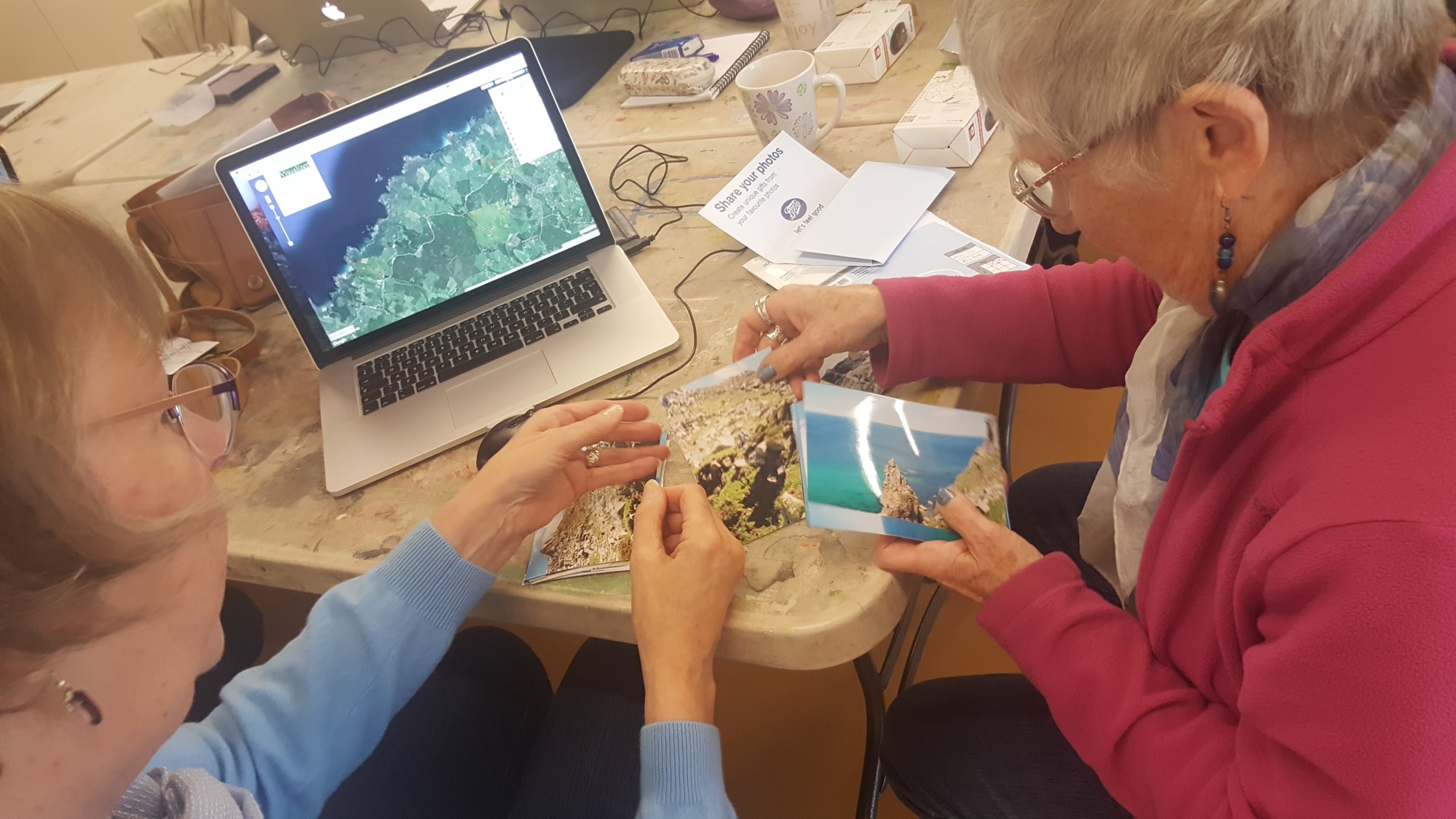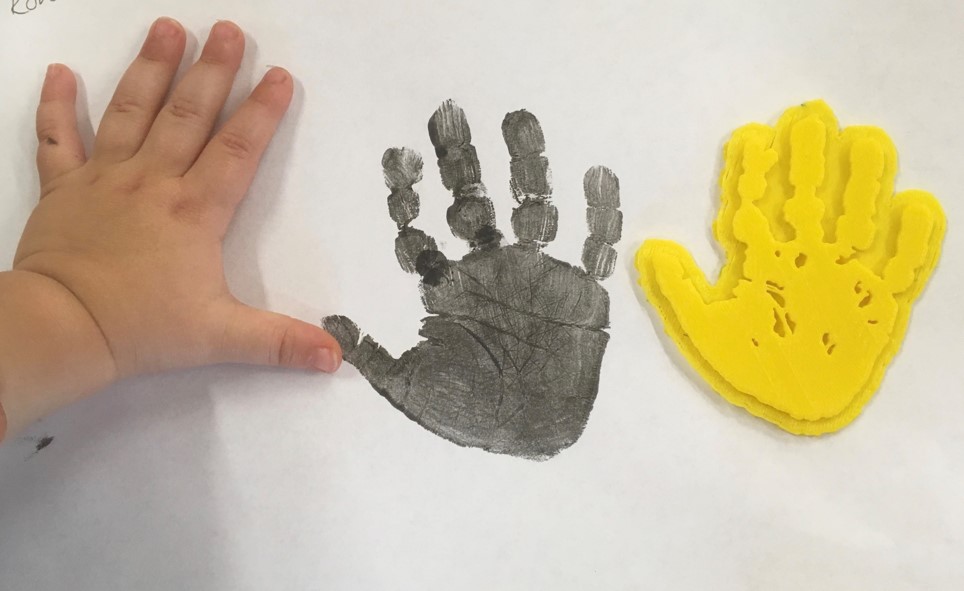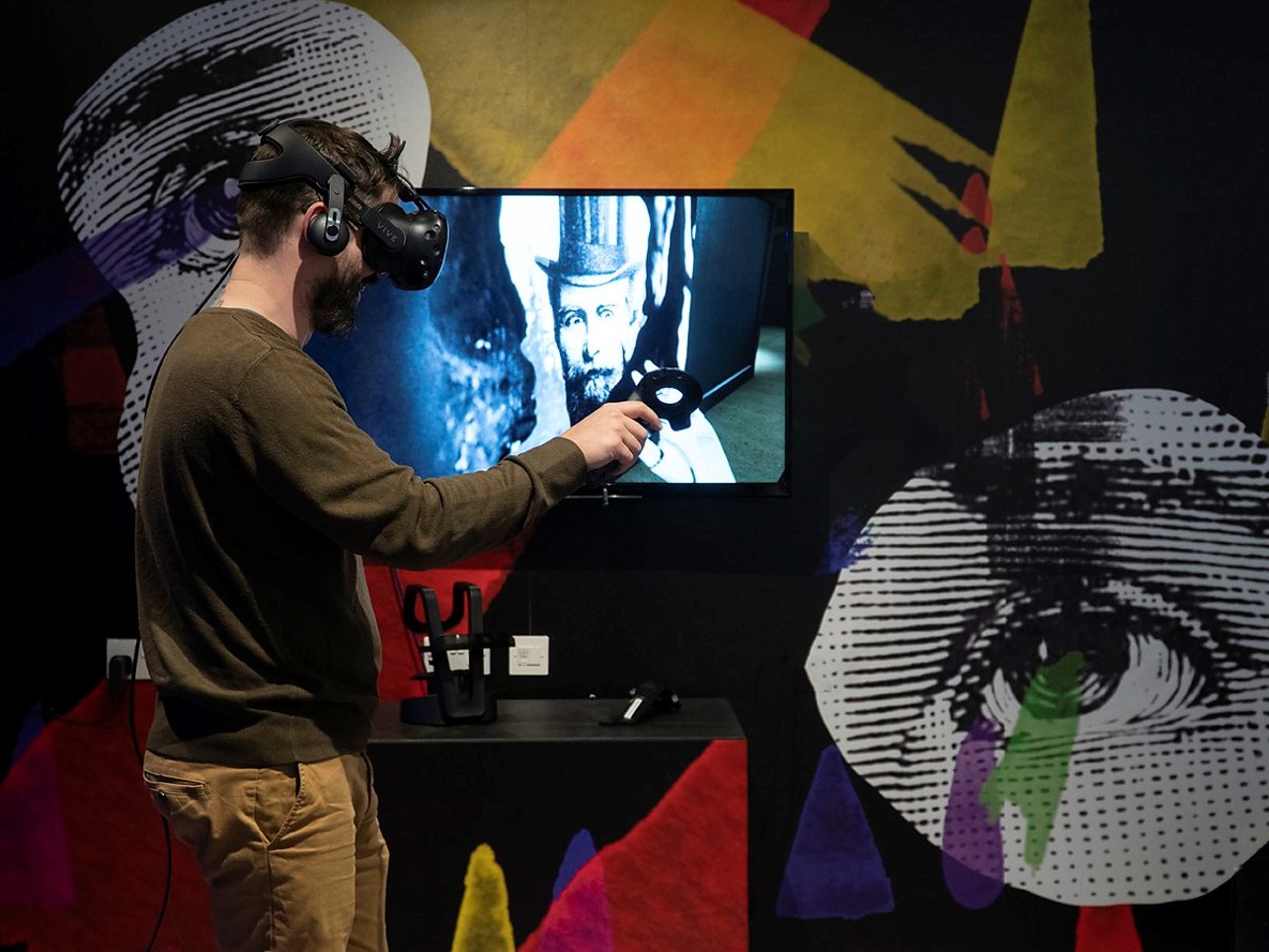Digital Interventions in Non-digital Participatory Engagements
Testing practice and new concepts
Digital itself can be a barrier when engaging with the arts, either through perception of one’s own abilities and confidence, or an uncertainty of something unfamiliar. When working with digital in participatory practice, like participants themselves, digital can have a varied influence and impact on a project or workshop activity. There are participants who will welcome digital activities, even seek them out, and those who will not. As Digital Participation Curator, I’ve seen the positive impact digital can have on creativity once it has been given the chance and (perceived) barriers have been taken down, but we have to take care in not alienating communities who engage with our work before they have a chance to interact with it.
Interestingly, as an example where barriers are generally minimal, young people are normally welcoming to digital activities and are excited by them. However, we are finding more and more that young people are also becoming increasingly interested in non-digital traditional artforms as a break from the digitally engulfing world they now live in. Where the skills they gain are in creative thinking and practice over digital tools and inputs.

I often find myself defending the removal of digital from participatory activities. This is especially the case with older audiences and when working with new communities. For older audiences there does tend to be a divide in those who will and will not engage with digital. For new communities, it is important to build relationships and trust before introducing something that is unfamiliar (unless instigated online). However, digital can still be part of the engagement through conversation. Just because we aren’t using digital materials and tools, does not mean that digital can’t be a topic. We all, of course, live in an ever increasing digital world and its influence on our lives is always present. It is this approach where I find the most is learnt about an audiences needs and where simple introductions of digital can help shape established interests. A laptop with Pinterest open in a web browser can be a great enabler in an over 50’s craft session, for example.

A favorite example of when digital can elevate the familiar, is introducing 3D printing to messy play. Creating hand and foot prints are a staple activity when working with parents and under 5’s. There’s a creative connection which elevates and supports that which is established through the parent/child relationship. When including the use of a 3D printer, these free-form “messy” activities become purposeful and deliberate. Participant’s want to get the most out of their print and start thinking about the process and how it can be influenced. Mums also suddenly found they had power and confidence in a medium normally reserved for dads.
A concept I’m developing, is where we can introduce non-digital creative groups and communities to digital tools, while not interfering with their existing practice or interest. After all, participation needs to be voluntary (Brodie et al) and I often find that the best way for this to happen is where there’s interest. Very often, arts organisations, whether community or exhibition focused, become distracted with giving participants an experience or ‘offer’ and can lose site of what already interests and engages them in the first place.

For Anim18, a celebration of British animation, in 2018, I led a commission to develop a virtual gallery experience in partnership with V21 Artspace, displaying both artist and participant made animation in a virtual space. It immediately occurred to us that this was a tool for displaying work, where digital skills may be limited. The idea of the VR Participation Gallery began to take seed. The concept to explore how this virtual space can be used to display, highlight and celebrate community creativity, elevating practices with digital tools and innovations, while keeping socially engaged practice at its core. Keen to identify a group to work with to develop this further, I realised that to be the least disruptive, I needed to test the processes this would involve. I began to look at what programmes we already offered at QUAD and how we could test and pilot this idea, without interrupting established groups. We have a number of regular activities, which are more freeform in their delivery and engage in a wide range of participants. It was our Make and Take activity, that provided a great opportunity to test the VR Participation Gallery process.
Make and Take is simple: make anything you want, with the materials provided, and take it away. This is a great way to get rid of unused materials that linger from various projects and take up valuable storage space and has become hugely popular, especially with families. Make and Take is also an artist led activity and generally follows gallery exhibition themes, which can provide a range of responses. It was this variety, and it’s simple practice making process, that made it perfect to test the VR Participation Gallery process.

Goal: test processes in digitising made work to place in a VR version of the QUAD gallery to support work in participatory exhibitions in VR.
Process: scan participant made work using the iPad mounted Structure Camera, download objects through ItSeez3D and import into the Unreal Engine version of the gallery space.
Learning from intervention (without being intrusive):
- Young people really want their artwork scanned and seen in digital 3D. (Interesting thoughts around ownership. The YP owns the artwork made, but do they own the scan?)
- Adults are more engaged with the outcome/activity – “I’ve been thinking of getting VR at home”. This can be especially due to generational shifts, where YP are used to the technology as part of the everyday, where adults are still new to the technology and have less interaction with it.
- Young people are mesmerised by seeing their work large scale in a gallery space – Ryan was “impressed with what I made”. He didn’t see it as a craft ship, he saw it as a large sculpture in a gallery.
- Controlling expectations – we made it clear that we were experimenting, but the pipeline processes meant participants were still engaged with the digital – scanning and adapting to outcomes.
- Challenging processes. Things didn’t work how we expected and in relation to taking object to scan to 3D environment. Thankfully we had tools available to get around this, but it meant that we had to wait a while before we could see the first model in the 3D environment. This was fine however, as the participants were still engaged with the in between processes.
- Challenging software. It became clear that Unreal was possibly not the best engine to use in participatory settings and that Unity is likely to be more accessible in the practice of exploration.
In addition, this approach was also positive towards developing practice, as the combination of experimental process and live activity meant that we could learn in a practical way, rather than developing a workshop/project framework. It provided more inputs to learn from, as well as saved time where the research would have normally taken place separately.
Testing this process in a practical non-digital workshop meant that participants were able to create freely, without having to learn digital tools. Where there was interest in the tools, we could have conversations. Where there was little or no interest, participant’s did not feel that they were let down, or part of something not for them. We were also experimenting, so participants could see the different stages of the process and being excited by them, rather that having promises made for specific outcomes. Those who did have work fully scanned and placed into the VR gallery space had ownership of where and how the work was displayed, while also being able to take the physical work home with them.
What is clear from this engagement is that providing participants with the power to chose to engage with digital, rather than make it mandatory, avoided any barriers that may have occurred. Voluntary participation with digital is, in my mind, key to getting the maximum impact in a digital project or activity. We should be free to chose to engage with digital, as audience or participant. As arts workers or organisations, we should also learn where digital is an enabler or a hindrance. Getting the balance right is always tricky, but we should also provide balance as an option, leaving the participants and communities to decide if it’s for them or not.
The VR Participation Gallery concept will be explored further at Frequency Festival 2019 in Lincoln.
Look forward to trying this at the Frequency Festival